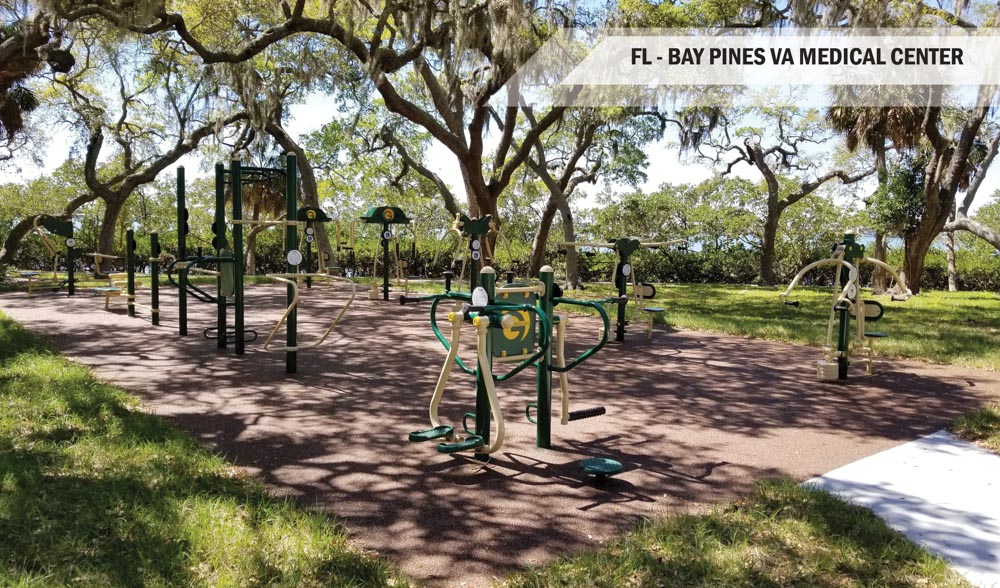Signal #1 – The Marine Corps HPAC: Elevating performance from program to priority
The Marine Corps stood up the HPAC for a reason. It’s not just another meeting or working group, it’s a signal that human performance is being elevated from a set of supporting programs to something more strategic.
By pulling in decision-makers from across commands to align efforts in fitness, nutrition, sleep, recovery, and tech integration, the Corps is building the scaffolding for actionable, sustained progress.
That matters.
In a space that can become siloed or chaotically decentralized, this kind of structure gives room for coordination and clarity. It creates the potential for cross-domain alignment, not just across PT and injury prevention, but across an entire ecosystem that affects readiness and lethality.
To me, it also shows that leadership continues to recognize what many of us in the field have been saying for years:
Human performance can’t live off to the side.
It must be baked into how we plan, how we prioritize, and how we lead. HPAC gives the Marine Corps a platform to do exactly that.
Signal #2 – MCRP 7-20C.1: A doctrine-level shift toward real capability
The release of the updated Marine Corps Physical Fitness publication MCRP 7-20C.1 might not grab headlines, but it’s a big deal. It marks a clear shift in how the Marine Corps is defining and supporting physical readiness.
This isn’t just a rehash of training guidelines — it reads more as a comprehensive, systems-aware document that connects the dots between physiology, programming, instruction, and long-term capability.
What stands out is how it integrates performance science with practical application. There are references to VO₂ max, lactate threshold, muscle fiber types, foundational movement patterns (which I had a hand in developing), neuromotor training, and recovery strategies – the kind of concepts that used to be reserved for sports science journals, not military doctrine. But here, they’re laid out in a way that’s accessible and meant to be used.
Even more important is the recognition that training doesn’t happen in a vacuum. The manual calls out sleep, nutrition, injury prevention, stress, and environment as key performance drivers.
The Marine Corps is looking beyond test day and taking seriously the systems and conditions that shape a Marine’s ability to show up, hold up, and recover fast.
For those of us involved in training, program development, or designing equipment and environments, this kind of doctrinal clarity is huge. It opens the door for better alignment between what’s written, what’s resourced, and what’s actually possible on the ground.











